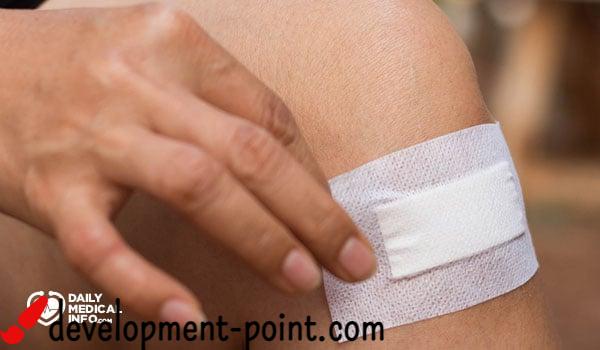What are the seminal vesicles? And what is its function?
The seminal vesicles are one of the parts of the male reproductive system, and they help the male reproductive system perform one of its functions, which is the sexual function, by producing fluid that helps form semen, which is released during ejaculation.
What are the seminal vesicles?
The seminal vesicles look like two tightly coiled tubular sacs on either side of the back of the bladder base or bottom. They are 2 to 4 cm long and 1 to 2 cm in diameter. The seminal vesicles are located between the bottom of the bladder and the rectum.
At the lower end of each seminal vesicle it connects with the vas deferens (ductus deferens); To form two ducts, the two ducts together form the ejaculatory duct, which passes through the prostate gland and joins the prostatic urethra (part of the urethra in the prostate gland).
The function of the seminal vesicles
The main function of the seminal vesicles is to produce a fluid that contains nutrients important for sperm cells; to form semen.
Upon microscopic examination of the seminal vesicle, scientists found that it consists of epithelial cells, which in turn produce a high percentage of fructose (sugar), proteins, mucus, and other enzymes.
This fluid represents about 50% to 80% of the volume of semen, and is stored in the seminal vesicles themselves. When ejaculation occurs, strong contractions occur in the muscular walls (smooth muscles) of the alveoli, forcing semen into the ejaculatory ducts and urethra, where it leaves the body.
Diseases of the seminal vesicles
Abnormalities and problems of the seminal vesicles are often associated with other problems in the male genitourinary system. For example, people with seminal vesicle cysts may lose one of their kidneys at birth. The conditions and diseases of the seminal vesicles include the following:
1. Seminal vesiculitis and abscess
A seminal vesicle abscess occurs when bacteria invade the seminal vesicles. This may occur after infection of the urethra or prostate gland.
In general, seminal vesicle inflammation can be treated by taking antibiotics. In some cases, an abscess may develop as a result of infection, so in this case the abscess may need to be drained.
2. Seminal vesicle cysts
Cysts in the seminal vesicles often form without external symptoms, and may be present from birth (congenital) or acquired.
Acquired seminal vesicle cysts can arise due to: Scarring from infection or previous prostate surgery. Treatment for endoscopic surgery depends on the size of the cyst.
3. Stones of the seminal vesicle
Seminal vesicle stones are very rare, and doctors believe they are caused by infections or structural abnormalities in the seminal vesicles. Urine reflux into the ejaculatory duct may also play a role in the formation of these stones.
Seminal vesicle stones should be removed, especially if they are large or contain several stones. This can be achieved through an endoscopic surgical procedure.
4. Cancer of the seminal vesicle
Seminal vesicle cancer is very rare, and it may occur because another malignant cancer has invaded the seminal vesicles, usually prostate cancer, so close to the seminal vesicles that the prostate makes this possible.
Tips for maintaining seminal vesicle health
- Practice safe sexBy making sure there are no sexually transmitted diseases, the infection may lead to inflammation of the genitourinary system, including the seminal vesicles.
- Maintain a healthy weightAnd this can be done through exercise, as a high body mass index is associated with a decrease in sperm motility and sperm count.
- Follow a healthy diet Contains beneficial antioxidants. It includes vegetables, fruits, whole grains, and lean meats, as well as avoiding foods that are processed or high in saturated fat or sugar.
- stop smokingSmoking can make sperm less mobile and also reduce their number.
Do not ignore troubling symptoms. If you notice that you are experiencing symptoms consistent with a seminal vesicle condition, be sure to make an appointment with your doctor.

